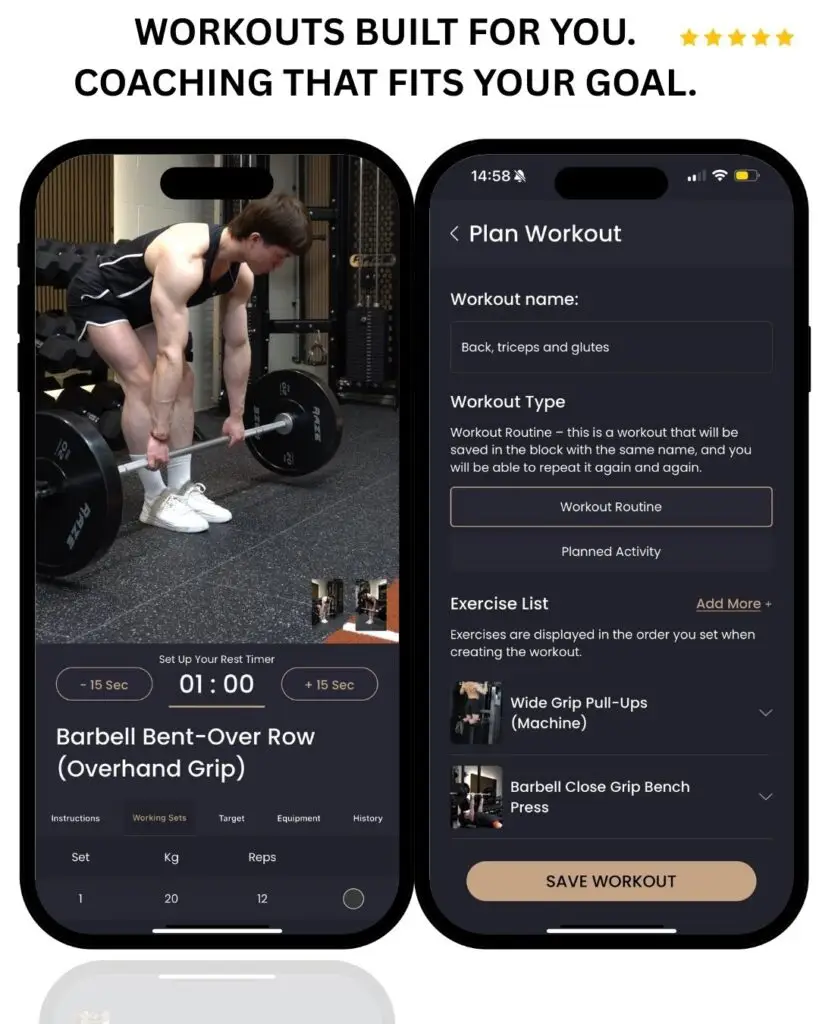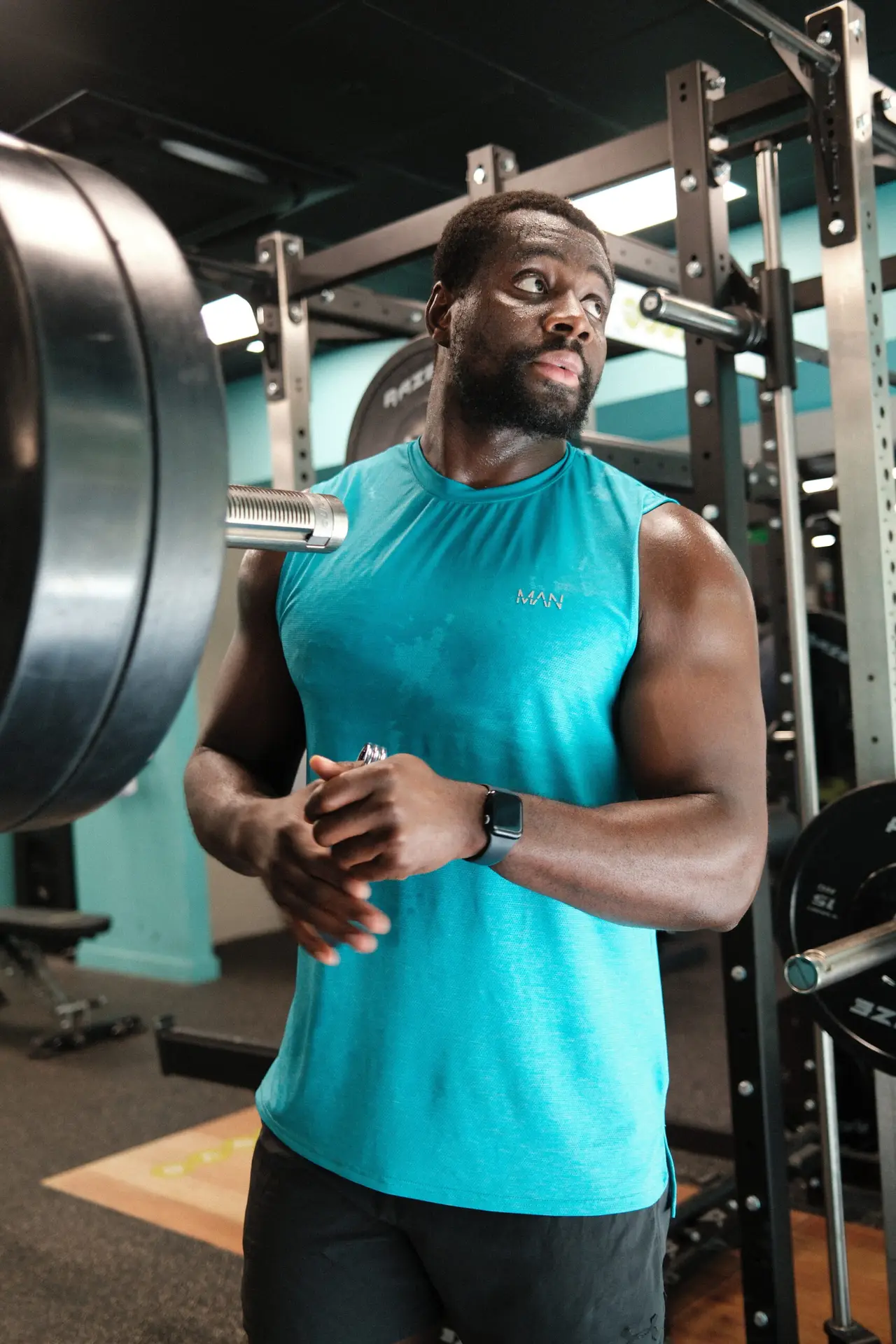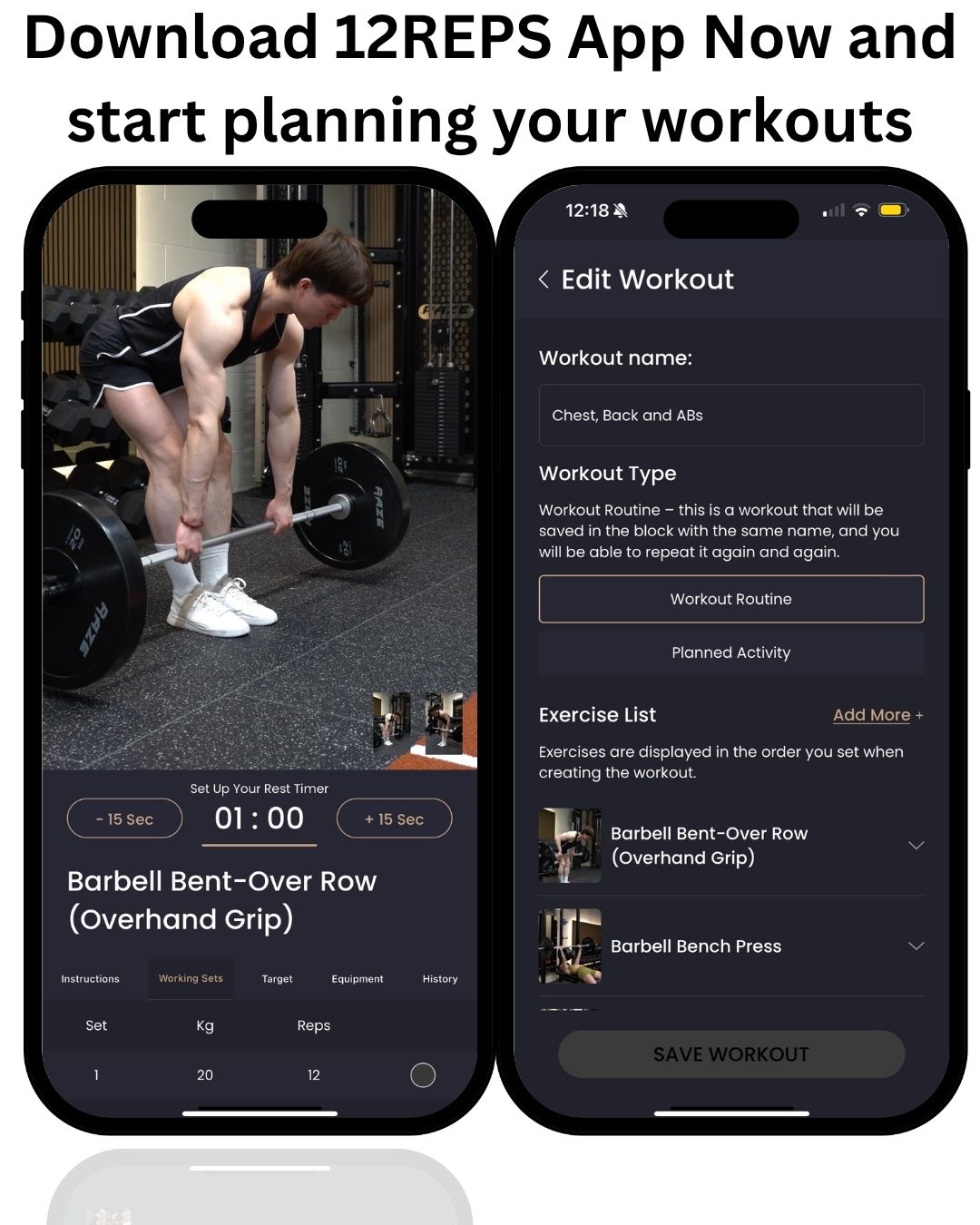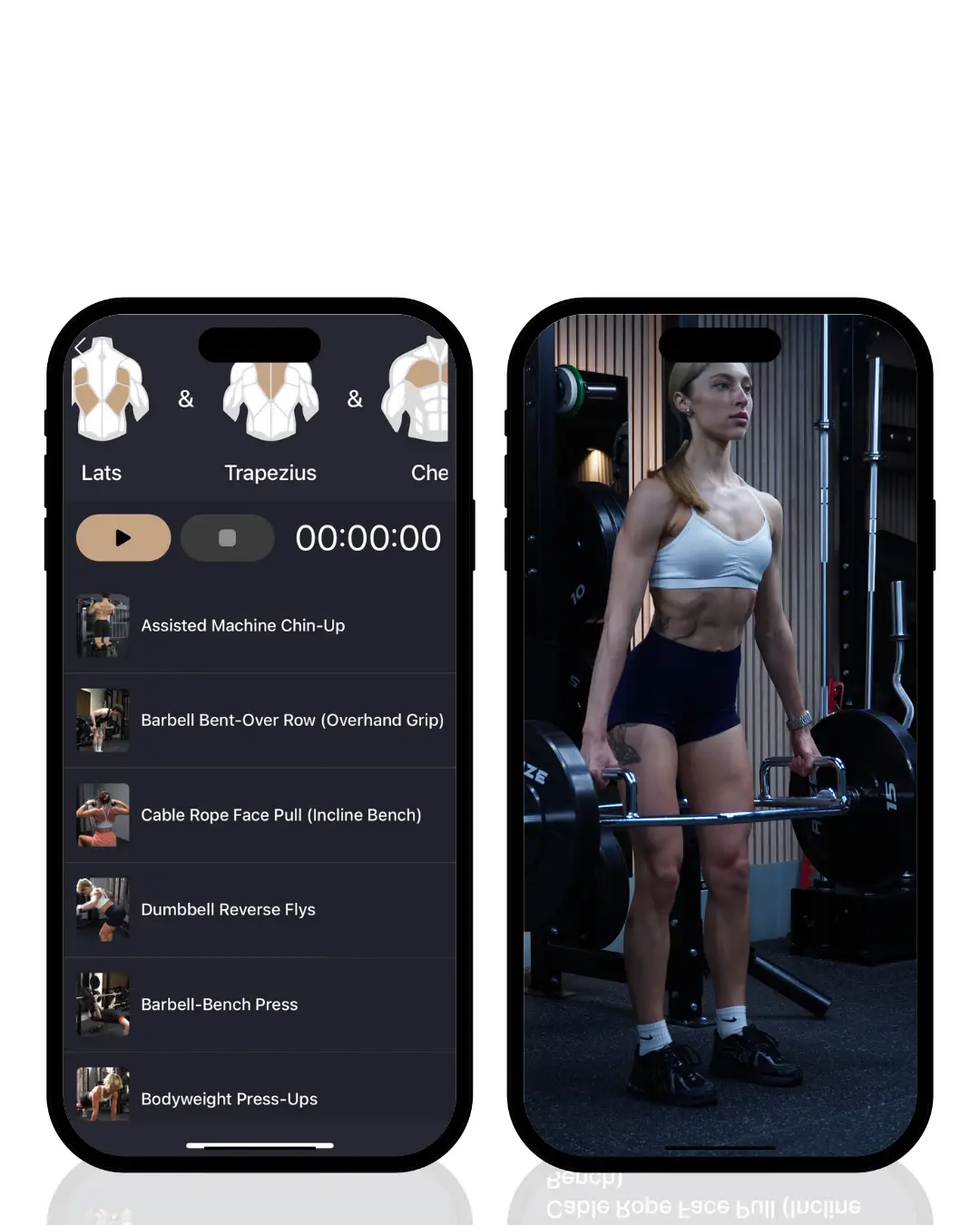By Will Duru, BSc (Hons) Sport and Exercise Science, Award-winning Personal Trainer with over 10 years of experience in strength training and optimising recovery.
My name’s Will Duru, and for the past ten years, I’ve been right here in the heart of London, helping busy City professionals like you get in the best shape of their lives. I’ve seen it all – the long hours, the stress, the struggle to fit fitness into a packed schedule. But I’ve also seen incredible transformations, and it all comes down to training smart, not just hard.
Today, I want to discuss something crucial for anyone serious about their fitness goals: understanding the distinction between training for strength and training for muscle growth, also known as hypertrophy. Many people just hit the gym without a clear plan, doing a bit of everything, and then wonder why they’re not seeing the results they want. It’s like trying to navigate the London Underground without a map – you might get somewhere, but it won’t be efficient.
We’ll dive into what makes these two types of training different, how your body reacts to each, and what you need to adjust in your workouts, from the number of reps you do to the duration of your rest. We’ll also discuss how your diet plays a significant role. And here’s the best part: I’ll show you how the 12Reps app, with which I’m proud to be involved, makes it incredibly easy to set your goals and get a workout plan tailored perfectly for you. No more guesswork, just clear, effective training tailored to your City life. Let’s get to it.
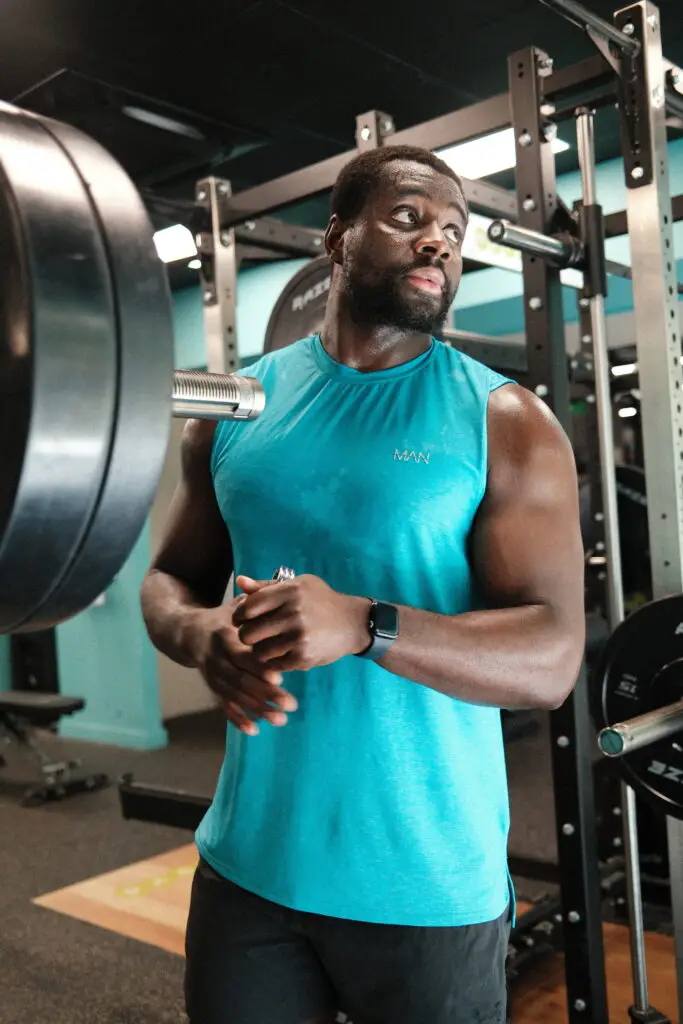
What Are You Training For? Strength or Size?
First things first, let’s be clear on what we’re talking about. When you walk into the gym, what’s your main goal? Do you want to be able to lift heavier weights, or do you want to build bigger, more defined muscles? While they sound similar, they’re not the same thing, and your body adapts differently to each.
What is Strength?
Strength is all about how much force your muscles can produce. Think of it as your body’s ability to lift the heaviest weight possible for a single repetition. When you train for strength, you’re mainly training your nervous system. You’re teaching your brain to send stronger signals to your muscles, telling them to work together more efficiently. It’s like upgrading the software that runs your body, making you more powerful without necessarily making you bigger.
What is Hypertrophy?
Hypertrophy, on the other hand, is all about increasing the size of your muscle fibres. This is what most people think of when they talk about ‘building muscle’ or ‘getting toned’. When you train for hypertrophy, you’re causing microscopic damage to your muscle fibres, which your body then repairs and rebuilds bigger and stronger than before. It’s like upgrading the hardware of your body, making your muscles physically larger.
Now, there’s always some overlap. Training for strength will build some muscle, and training for size will make you stronger. But to get the best results, you need to focus on one primary goal at a time. That’s how you train smart.

How Your Workouts Change for Strength vs. Size
This is where the rubber meets the road. Once you know whether you want to be super strong or super big, we adjust your training accordingly. Here’s how the key parts of your workout look different for each goal:
Rep Ranges: How Many Times You Lift
- For Strength: We focus on low reps, usually 1 to 5 reps per set. Why? Because lifting very heavy weights for a few times is the best way to teach your nervous system to fire all your muscle fibres at once. It’s about quality, not quantity, for each lift.
- For Hypertrophy (Muscle Growth): We typically use moderate reps, ranging from 6 to 12 reps per set. This range is ideal for inducing the muscle damage we discussed. It keeps your muscles working for longer, which helps them grow bigger.
Rest Periods: How Long Do You Break For
- For strength, you need more extended rest periods, typically 3 to 5 minutes between sets. This gives your nervous system enough time to recover fully so that you can lift heavy again on the next set. Think of it as completely recharging your batteries.
- For Hypertrophy: We use moderate rest periods, typically 60 to 90 seconds. This keeps the intensity high and helps build up metabolic stress in the muscle, which is good for growth. You want to feel that burn!
Exercise Choice: What Lifts You Do
- For Strength: We stick to big, compound lifts. These exercises utilise multiple joints and muscle groups simultaneously, such as squats, deadlifts, bench presses, and overhead presses. These are the best for building overall strength.
- For Hypertrophy, We use a mix of compound and isolation exercises. Compound lifts are still important for building a strong base, but isolation exercises (like bicep curls or tricep extensions) help you target specific muscles to make them bigger and more defined.
Frequency: How Often You Train a Muscle
- For Both: You can train muscles quite often for both goals, maybe 2-3 times a week. The key difference is the focus of each session. For strength, you might have fewer exercises per session but lift heavier weights. For hypertrophy, consider incorporating exercises with moderate weights to increase total work.
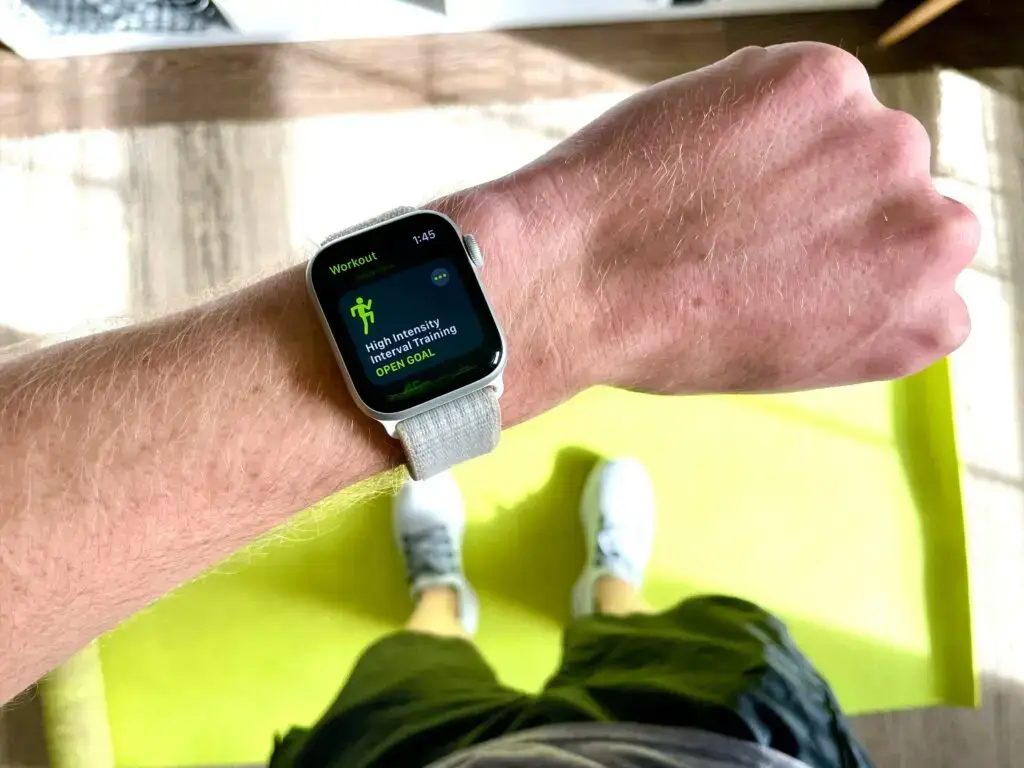
Eating Right for Your Goals: Fueling Strength and Size
Training is only half the battle, especially for you, City professionals who are always on the go. What you put into your body is just as important as how you train it. Your diet needs to align with your goals, whether you’re aiming for bigger lifts or bigger muscles
Calories: Your Energy Bank Account
- For Strength: You generally need to eat enough calories to maintain your body weight, or a slight surplus if you’re looking to gain a bit of muscle alongside strength. The focus here is on consistent energy to perform those heavy lifts and recover well. You don’t necessarily need a huge calorie surplus, as strength gains are more about nervous system adaptation than just adding mass.
- For Hypertrophy: To build muscle, you need to be in a consistent calorie surplus. This means eating more calories than your body burns. Think of it like this: you need extra building blocks to construct new muscle tissue. This surplus should be controlled, though, to minimise fat gain. A small, steady surplus is better than a massive one.
Macronutrients: Protein, Carbs, and Fats
- Protein: This is your muscle-building block, no matter the goal. For both strength and hypertrophy, a high protein intake is crucial. Aim for around 1.6 to 2.2 grams of protein per kilogram of your body weight each day. This helps repair and build muscle tissue after your tough workouts. Think lean meats, fish, eggs, dairy, and plant-based protein sources.
- Carbohydrates: These are your primary energy source. For strength training, good carb intake ensures you have enough fuel for intense, heavy lifting sessions. For hypertrophy, carbs help refill your muscle glycogen stores, which is key for recovery and providing energy for muscle growth. Don’t be afraid of carbs – they’re your friends! Whole grains, fruits, and vegetables are excellent choices.
- Fats: Healthy fats are important for hormone production and overall health. They also provide a good source of energy. Include sources like avocados, nuts, seeds, and olive oil in your diet. While not the primary fuel for high-intensity lifting, they play a vital supporting role.
In short, for both goals, a balanced diet with enough protein is key. For muscle growth, you’ll need to be more mindful of eating a bit more than you burn. For strength, focus on maintaining consistent energy and promoting effective recovery. And remember, consistency is key with nutrition, just as it is with training. You can’t out-train a bad diet, especially when you’re pushing your body hard in the gym.

Your Secret Weapon: How 12Reps Helps You Hit Your Goals
Now, this is where things get really exciting, especially for you busy City professionals. We’ve talked about the science, the reps, the rest, and the food. But how do you put it all together when you’re juggling meetings, travel, and a demanding social life? That’s where the 12Reps app comes in. It’s not just another workout tracker; it’s your personal coach, making sure every session is perfectly aligned with your goals.
Tell 12Reps Your Goal, and It Does the Rest
One of the best features of the 12Reps app is its goal-setting feature. When you first set up your profile, or whenever you want to change your focus, you simply tell the app what you’re aiming for. Do you want to build pure strength? Are you chasing serious muscle growth (hypertrophy)? Or maybe you want a bit of both, or even focus on fat loss or endurance? The app allows you to select your primary goal, which is the first step toward smart training.
Smart filtering-Powered Plans Just For You
Once you’ve told 12Reps your goal, its smart filtering gets to work. This isn’t some generic plan you could find online. The filtering looks at your chosen goal and then creates a workout programme that’s optimised just for you. It adjusts all those important variables we talked about:
- Rep Ranges: If you’re going for strength, it’ll give you those low, heavy reps. For hypertrophy, it’ll set you up with moderate reps to get that muscle pump.
- Sets & Volume: The app ensures you’re doing the right amount of work – fewer, heavier sets for strength and more volume for muscle growth.
- Rest Periods: It’ll guide you on how long to rest between sets, ensuring you’re either fully recovered for your next big lift or maintaining high intensity to prevent muscle fatigue.
- Exercise Selection: The smart filtering will select the appropriate exercises, focusing on compound lifts for strength and a balanced mix of compound and isolation movements for hypertrophy. It even takes into account the equipment you have available, whether you’re in a fully equipped gym or just have a few dumbbells at home.
- Frequency: The app helps you plan how often to train each muscle group to achieve the best results for your chosen goal.
Imagine this: you’ve got a busy week in the City. You tell the app you’re focusing on strength. It then builds your daily workouts, telling you exactly what to do, how many reps, how much rest, and even suggests the right weight based on your past performance. It’s like having me, your personal trainer, in your pocket, guiding every single session. This takes all the guesswork out of programming and lets you focus on the lift, not the logistics. It’s truly a game-changer for anyone serious about their fitness journey, especially when time is your most valuable asset.
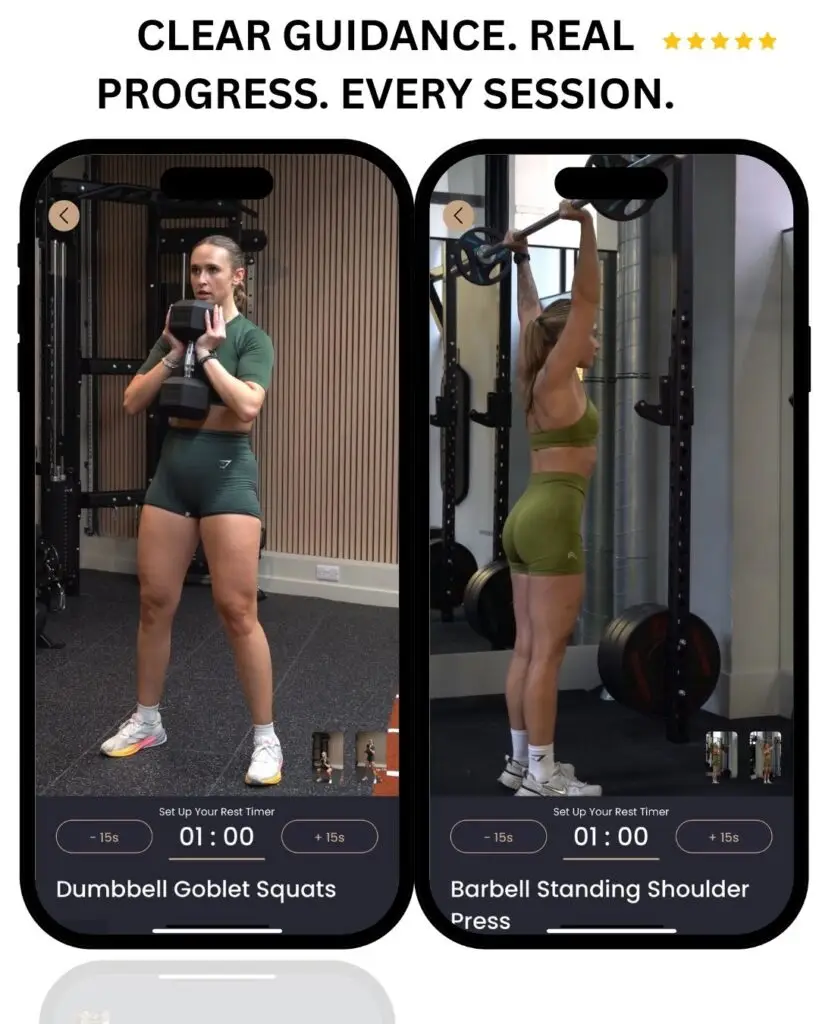
Conclusion: Train Smart, Live Stronger with 12Reps
So, there you have it. After a decade of working with City professionals, I can tell you that understanding your training goals – whether it’s pure strength or building muscle growth (hypertrophy) – is the first and most important step to real progress. It’s not about just turning up to the gym; it’s about having a clear plan that matches what you want to achieve.
We’ve broken down how different training methods, from the number of reps to your rest times, affect your body in different ways. We’ve also discussed the importance of your diet in fueling your body for these specific goals. It’s all part of the puzzle, and every piece needs to fit together for you to see the best results.
And this is where the 12Reps app truly becomes your ultimate training partner. It takes all the complex science and programming and makes it simple. You tell it your goal, and it builds a tailored workout plan designed to help you achieve it. No more guessing, no more wasted time. It’s like having a top London personal trainer guiding you through every set and rep, making sure you’re always on the right track.
For busy professionals in the City, time is precious. The 12Reps app helps you make every minute in the gym count. It helps you train smarter, recover better, and ultimately achieve greater strength and build the physique you’ve always wanted. It’s about taking control of your fitness journey and seeing real, measurable progress.
So, if you’re ready to stop guessing and start achieving, I highly recommend checking out the 12Reps app. It’s the tool that will help you unlock your full potential, whether you’re aiming for new personal bests in strength or significant muscle gains. Train smart, stay consistent, and let 12Reps help you build a stronger, fitter you. It’s time to invest in yourself, just like you invest in your career. Your body will thank you for it. Download the app here
